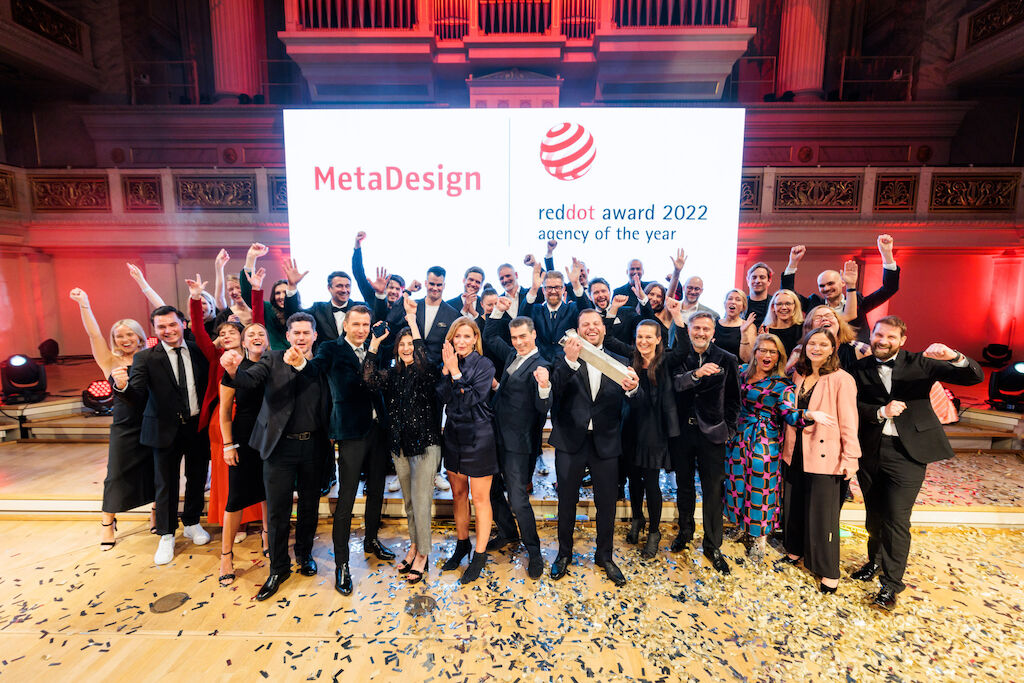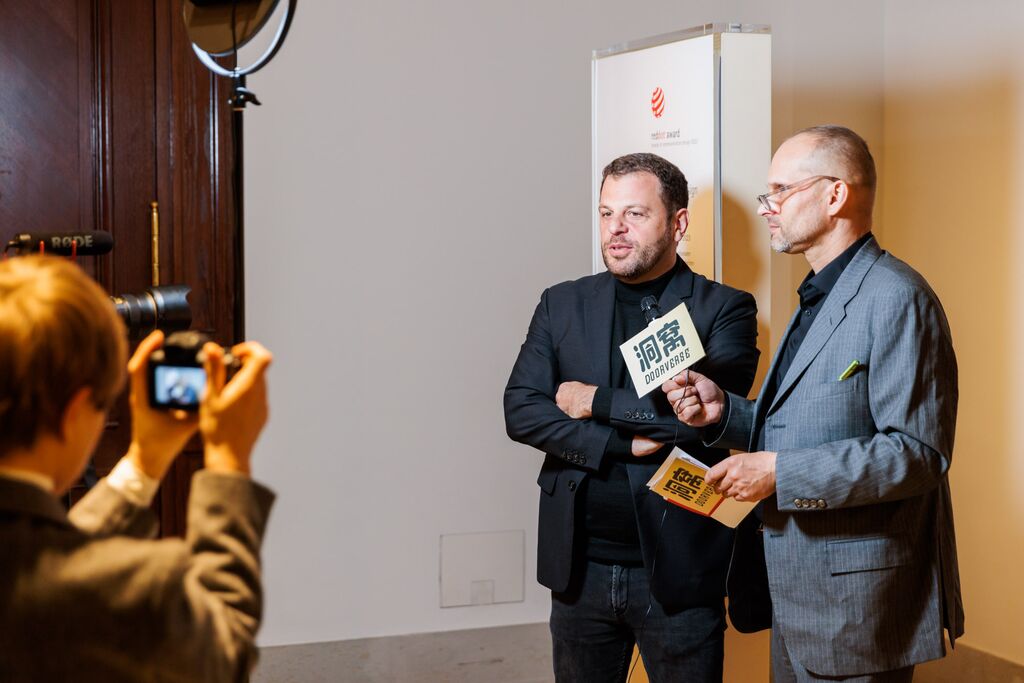
Blog
Red Dot Conversation with Daniel Leyser
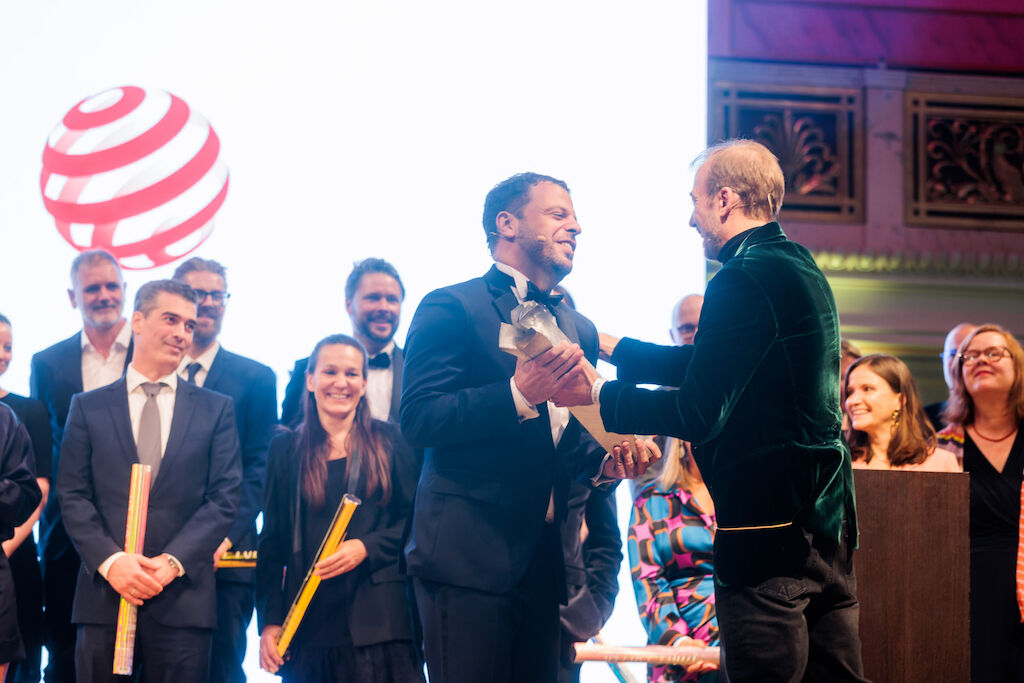
Red Dot: In your experience, has brand communication become more streamlined internationally?
Daniel Leyser: One reason for the strength of outstanding global brands is that they cover a wide cross-section of topics and messages that resonate with people and work across national borders and in different cultural contexts. At the same time, these brands generate real affinity and identification by embracing or supporting specific local topics. The key here is to create a strong, globally effective framework as the base but leave enough room for local and culture specific interpretation.
Red Dot: Today, corporate designs tend to be complex systems –how flexible could or should they be to cover all channels while still ensuring consistency?
Daniel Leyser: Wow! It is not possible to give a general answer to that question. What is clear is that corporate designs per se today have to be a lot more flexible. This has to do with the number of channels and points of contact available, but also with the fragmentation of potential interest groups. While consistency was central in the past, the focus today is on coherence, on the compatibility of contents and design. There are two fundamental questions, the answers to which determine the extent of potential flexibilisation: are there any established visual brand components that are strong enough to guarantee recognition even in a flexible framework and context? And, secondly, there is the question of the design maturity of the organisation: is it able to manage such flexibility and still continue to clearly express the brand and its contents? It doesn’t help anyone if we develop a modern, ultra-flexible design system when the client organisation lacks the necessary understanding and tools to apply it effectively.

"One reason outstanding global brands are so strong is that they cover a broad cross-section of themes and messages that resonate with people and work across national borders and in different cultural contexts. "
Red Dot: How do you handle ever-shorter deadlines and let customers know that good creations take time?
Daniel Leyser: That is a recurring challenge and the answer to it is as simple as it is challenging. It is a realisation that we either impart in dialogue with our clients or is learned the hard way over the course of an on-going project. Clients generally know what good creativity looks like and are able to assess results in the context of the time available. But we don’t only have to cope with ever-shorter deadlines. Clients check in and look over your shoulder a lot more frequently, too. That makes sense, particularly as we love working very closely together with our clients, but it also robs our client teams of the chance to take the often expected “big leaps” and offer the positive surprise of sudden significant project progress. It’s a constant weighing of options and a balancing act.
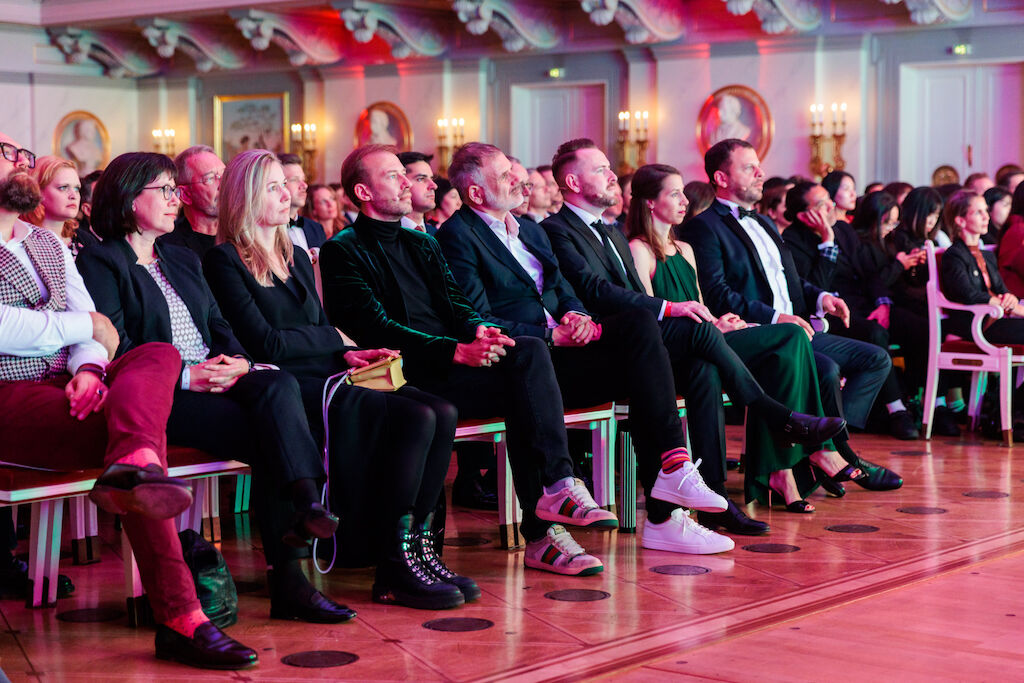
Today, a successful brand has to …
… know what it stands for and stands against and how to translate that stance into real action.
For brands, social media channels are …
… the direct route to reach their interest groups, but still a challenge for many with respect to meaningful use and modulation.
Sustainability is a value that …
… could not be greater and more significant. It challenges all of us to question our previous thinking and behaviours and to make the necessary changes.
As an employer, MetaDesign is …
… a colourful collection of people who are crazy about brands and committed to giving their best every day for clients and colleagues without elbowing others aside.
MetaDesign wouldn’t be MetaDesign if …
… we didn’t have the best team that I am proud of working with.

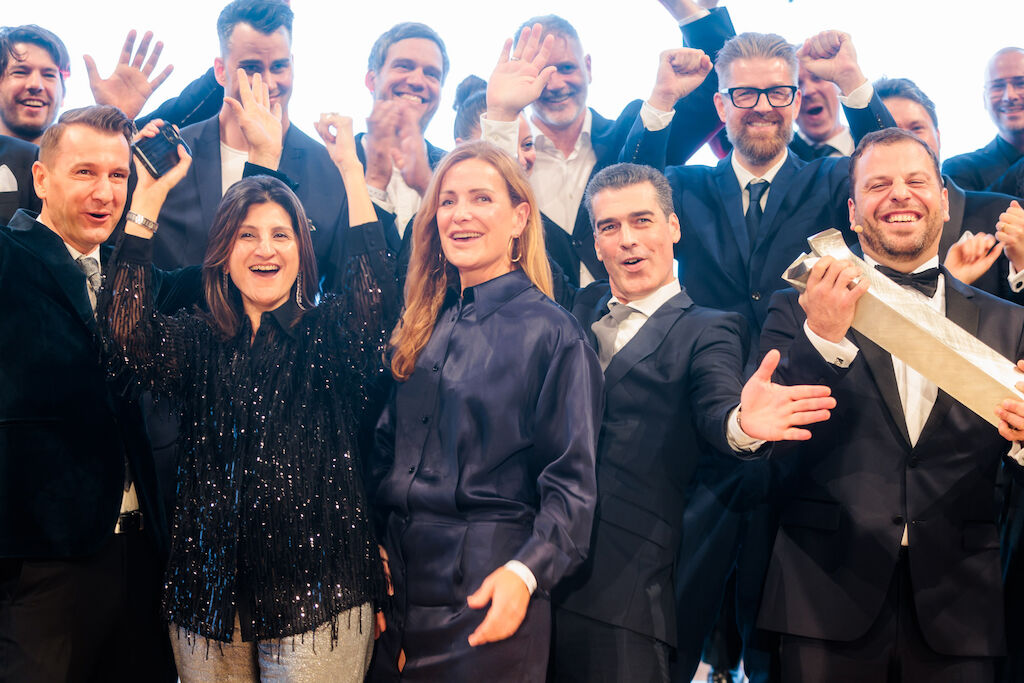
Given the background, we received the honorary title "Red Dot: Agency of the Year" in recognition of consistent creative achievements at the highest level, as Red Dot stands for belonging to the best in design and business. The "Red Dot Design Award", an international design competition, is aimed at anyone who wants to make their company stand out through design. The award is based on the principle of selection and presentation. Award-winning design is selected by competent expert juries from the fields of product design, communication design and design concepts.
